
爆炸物理学基础
¥ 10.2 1.7折 ¥ 60 全新
库存5件
作者刘彦、吴艳青、黄风雷、王昕捷 著
出版社北京理工大学出版社
出版时间2019-01
版次1
印刷时间2024-02
印次1
印数1千册
装帧平装
货号20240621
上书时间2024-06-21
- 店主推荐
- 最新上架
商品详情
- 品相描述:全新
图书标准信息
- 作者 刘彦、吴艳青、黄风雷、王昕捷 著
- 出版社 北京理工大学出版社
- 出版时间 2019-01
- 版次 1
- ISBN 9787568243292
- 定价 60.00元
- 装帧 平装
- 开本 16开
- 纸张 胶版纸
- 【内容简介】
-
本书较为系统地阐述了爆炸物理学的基本概念、理论和方法。内容包括爆炸的广义定义和基本特征、波和冲击波理论、炸药的热化学性质,爆轰波经典理论、炸药的感度与安定性,同时还对爆轰波后产物流动规律及其推动作用,爆炸的直接作用等相关问题进行了较为全面的阐述和分析。本书着眼于讲清楚四个基本(基本概念、基本理论、基本公式推导及分析计算以及基本实验研究方法),理论内容深入充实,对工程应用有实际参考意义。
本书可作为国防军工院校相关专业和学科的教材,同时还可作为爆炸技术及应用等各军工专业以及工程爆破技术、石油化工、采矿与建井、水利、电力、交通等民用部门相近专业本科生、研究生和科技人员的参考书。 - 【作者简介】
-
刘彦,1975年12月出生,北京理工大学教授,博士生导师。长期讲授爆炸物理学课程,长期从事常规战斗部高效毁伤及评估技术研究,取得了若干原创性研究成果,获省部级科技进步一等奖2项、二等奖1项,入选教育部新世纪优秀人才计划。
- 【目录】
-
Chapter 1 Introduction 001
§1.1 Explosion Phenomena and Characteristics 001
1.1.1 Explosion Phenomenon 001
1.1.2 Generalized Definition of Explosion 004
§1.2 Fundamentals of Thermodynamics 004
1.2.1 Some Important Concepts and Zeroth Law of Thermodynamics 004
1.2.2 First Law of Thermodynamics 006
1.2.3 Second Law of Thermodynamics 014
1.2.4 Helmholtz Free Energy and Gibbs Free Energy 017
§1.3 Properties of Gas and Equations of State 023
1.3.1 Properties of Gases 023
1.3.2 Equations of State 025
Chapter 2 Waves 029
§2.1 Concepts 029
§2.2 Sound Wave 032
§2.3 One-Dimensional Plane Isentropic Flow of Gas 035
Chapter 3 Shock Wave 050
§3.1 Introduction 050
§3.2 Basic Equations of Shock Wave 050
§3.3 Plane Shock Wave in Air 053
§3.4 Characters of Shock Wave 057
§3.5 Isentrope, Rayleigh Line and Hugoniot 060
§3.6 Reflection of Shock Wave 063
Chapter 4 Thermochemistry of Explosive 067
§4.1 Explosion Heat 067
4.1.1 Experimental Measurement of Explosion Heat 067
4.1.2 Calculation of Explosion Heat 070
4.1.3 Ways of Improving the Explosion Heat 072
§4.2 Determination of Explosion Temperature 074
4.2.1 Experimental Measurement of Explosion Temperature 074
4.2.2 Theoretical Calculation of Explosion Temperature 076
4.2.3 Ways to Change Explosion Temperature 080
§4.3 Equation of Explosion Reaction 081
4.3.1 Theoretical Calculation of the Equation of Explosion Reaction 081
4.3.2 Reaction Equation of the First Kind of Explosives 083
4.3.3 Reaction Equation of the Second Kind of Explosives 085
4.3.4 Simplified Rule for Determining the Equations of Explosion Reaction 086
§4.4 Calculation for the Volume of Explosion Gases 087
Chapter 5 Detonation Theory 089
§5.1 The Hydrodynamic Theory of Detonation Wave 090
§5.2 Zeldovich-von Neumann-Doering Theory 093
§5.3 Taylor Wave 096
§5.4 Detonation Shock Dynamics 097
§5.5 Detonation Wave Parameter Measurements 099
5.5.1 Reaction-zone Measurements 099
5.5.2 Detonation Wave Velocity Measurement 101
5.5.3 Experimental Measurement of C-J Pressure 104
§5.6 Detonation Wave Parameters Calculation Methods 108
§5.7 Factors Affecting Detonation Wave Propagation 116
5.7.1 Diameter Effects: 2-D Steady Detonation 116
5.7.2 Detonation Velocity vs. Diameter 118
5.7.3 Factors Affecting the Critical Diameter of Charge 119
Chapter 6 Ignition & Initiation of Explosives 122
§6.1 Thermal Explosion Theory of Explosives 122
6.1.1 The Physical Process of Thermal Explosion 122
6.1.2 Theory Model of Thermal Explosion 123
6.1.3 Thermal Sensitivity of Explosives 126
§6.2 Shock Initiation of Explosives 131
6.2.1 Shock Initiation of Homogeneous Explosives 132
6.2.2 Shock Initiation of Heterogeneous Explosives 136
6.2.3 Hot Spots and Explosive Ignition 137
6.2.4 Ignition Modelling 139
§6.3 Non-shock Initiation of Explosives 143
6.3.1 Initiation of Explosion by Friction 143
6.3.2 Initiation by Friction of Explosion in Liquids 146
6.3.3 Initiation of Explosion in Solids: the Influence of Grit 149
6.3.4 Initiation by Impact of Explosion in Solids 153
§6.4 Sensitivity Evaluation of Explosives 159
6.4.1 Mechanically-Confined Cook-off Tests 159
6.4.2 Drop-weight Test 165
6.4.3 Susan Test 169
6.4.4 Steven Test 170
Chapter 7 Movement of Detonation Products 174
§7.1 Expansion of Detonation Products 174
§7.2 Impulse Acting on the Rigid Wall 178
§7.3 Driving Effects on Piston 183
§7.4 Acceleration of the Cylinder Shell 188
7.4.1 Energy Model 188
7.4.2 Momentum Model for Calculating 194
7.4.3 Gurney Model for Calculating the Fragment Velocity 198
Chapter 8 Initial Shock Wave Parameters Calculation at the Interface of
Compressible Solid 203
§8.1 Introduction 203
§8.2 Interface Between Explosive and Compressible Solid 205
8.2.1 The Case at 205
8.2.2 The Case at 207
§8.3 Interface Between Compressible Solids 212
§8.4 Shock Wave Transmission and Reflection 214
8.4.1 Impedance Matching Technique 215
8.4.2 Transmission 217
8.4.3 Reflection at the Free Surface 219
References 226
— 没有更多了 —


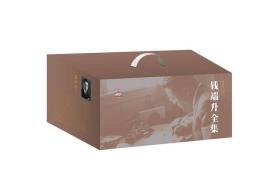
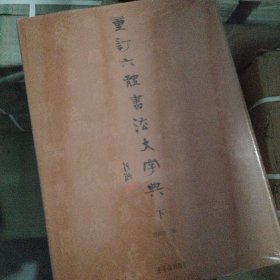

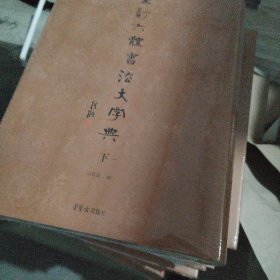

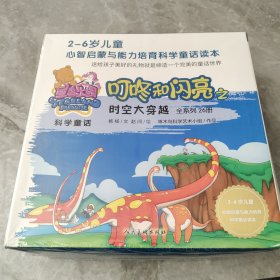
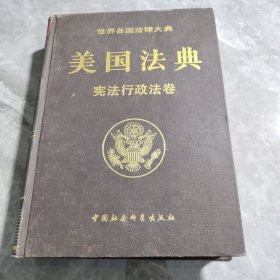
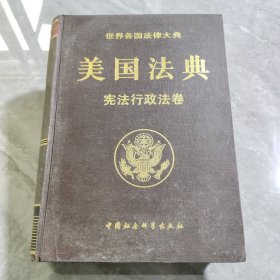











以下为对购买帮助不大的评价